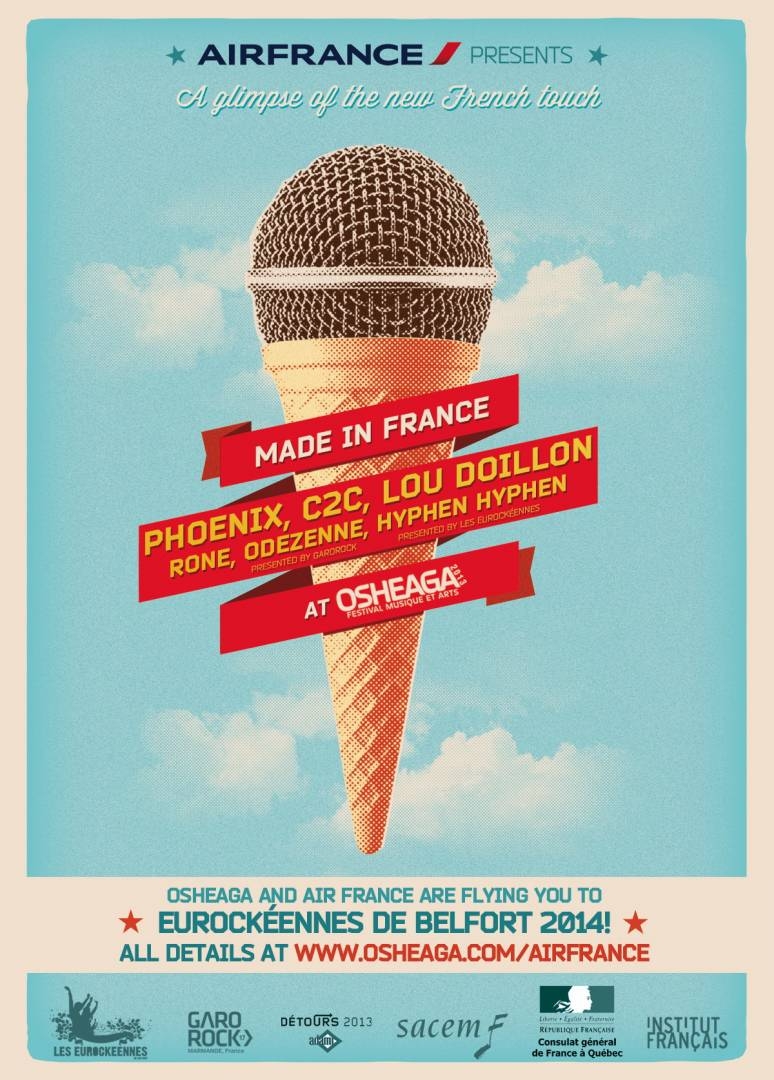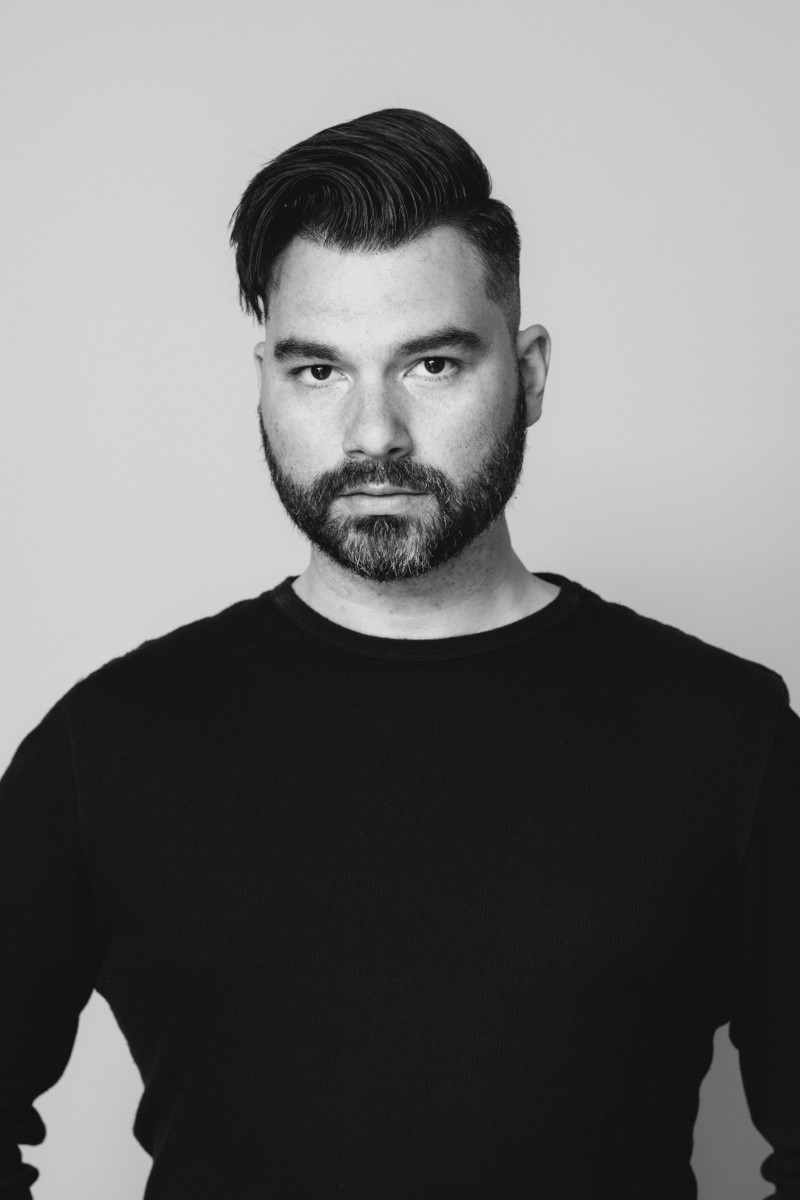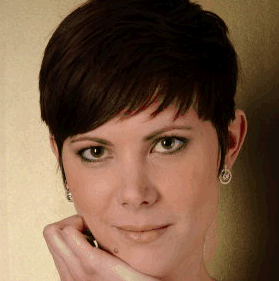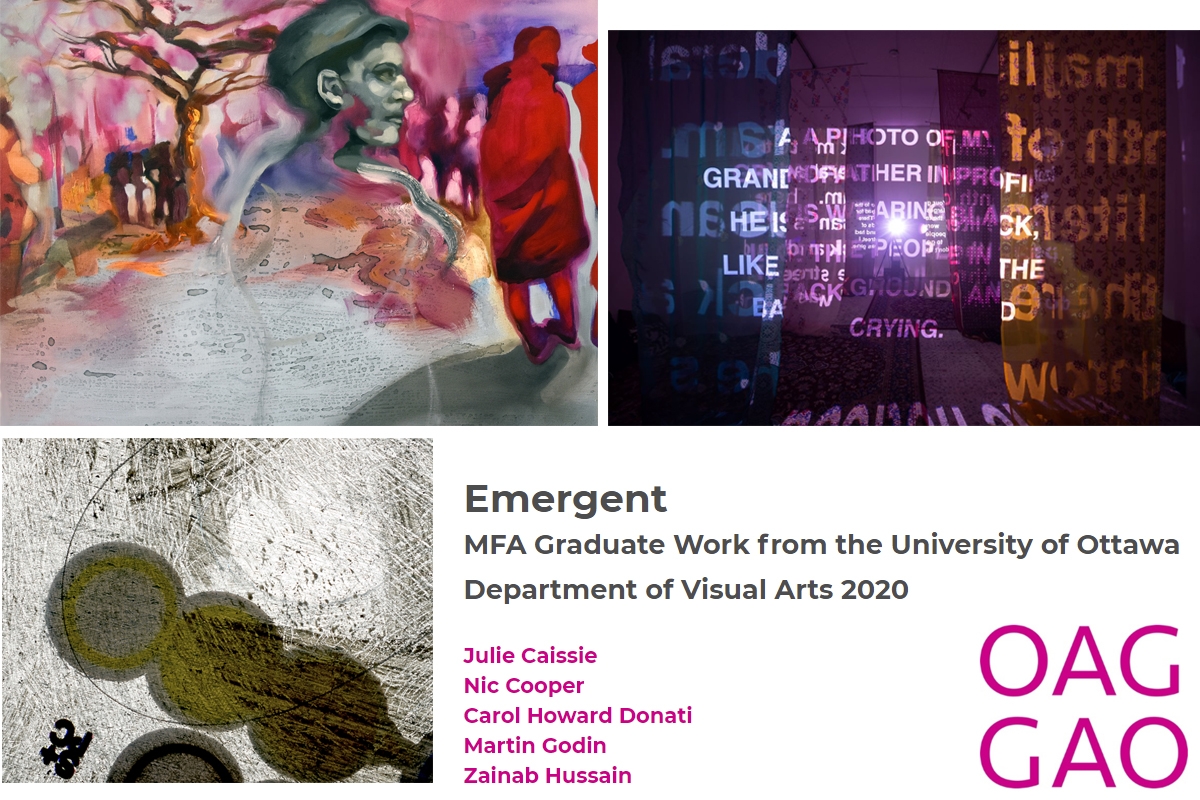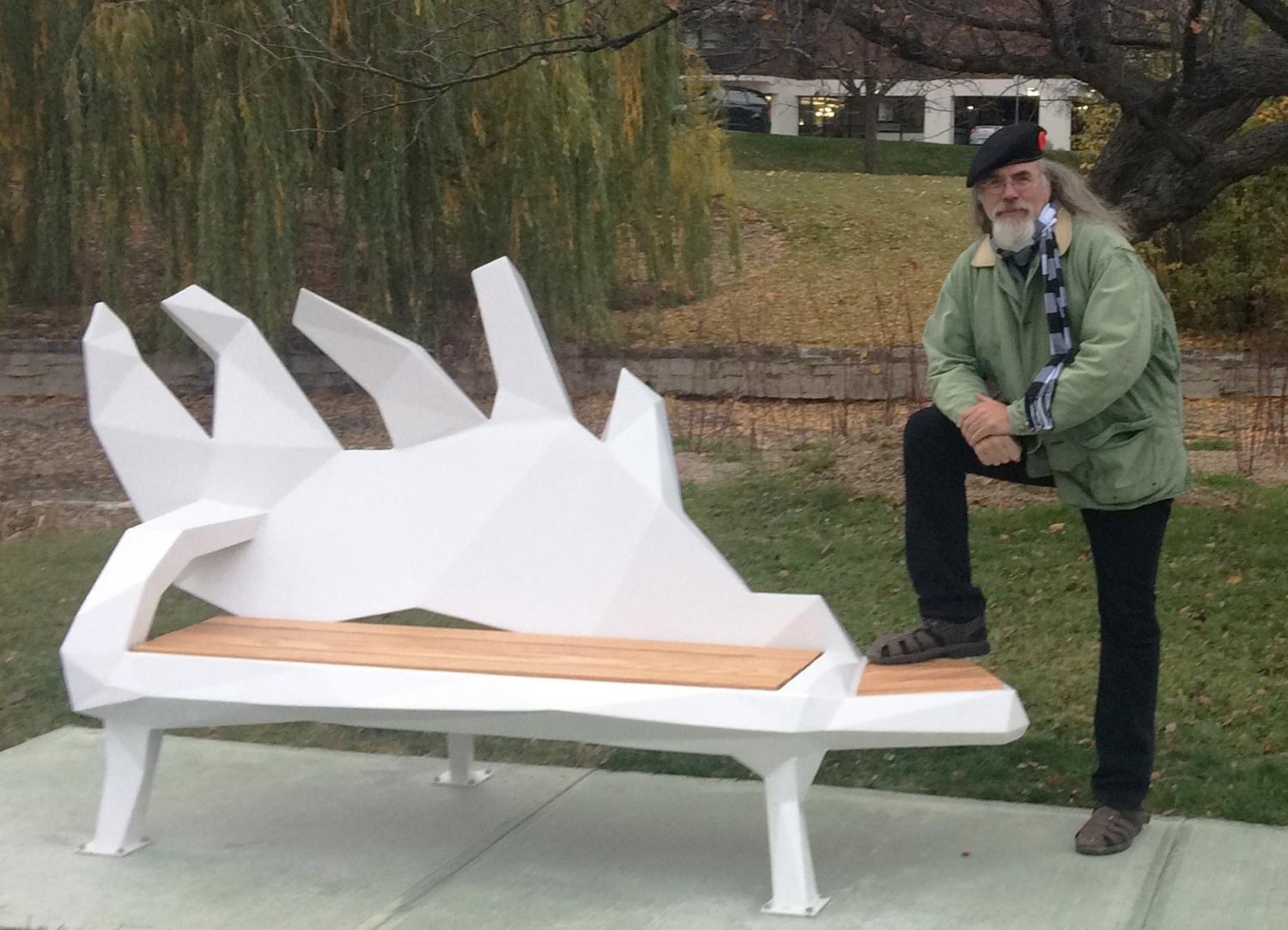
Anishinaabe artist Claude Latour brings modernity and art together with Makwa’s Horizon.
ABOVE: Kitigan Zibi Anishinaabeg First Nation artist Claude Latour and his public art bench titled Monz.
If you’ve strolled down the Rideau Canal on a summer walk or a winter skate, you’ve likely spotted Claude Latours’ work. The Kitigan Zibi Anishinaabeg artist’s beautiful bench Monz sits gracefully at the foot of Flora footbridge.
Claude is a profoundly spiritual artist whose work brings modern elements to his deep-rooted Indigenous culture. Monz is sculpted in the shape of a moose antler to honour the animal as it would have stood in the marshland in centuries past before development forced it to migrate north.
After residing in beautiful British Columbia for several years, Latour has returned to the National Capital Region for his latest project. Opening September 15th with a vernissage and continuing until September 22nd, Latour’s latest exhibition will be on display at Patrick Gordon Framing.
The show is titled Makwa’s Horizon. As Latour elaborates, Makwa is Algonquin for bear; Latour’s maternal family is part of the bear clan, part of the Anishinaabe clan that inhabits the Ottawa to Maniwaki area.
Featuring three years of Latour’s work, from just before the Covid-19 pandemic until now, it is a “mixed media digital collage.” Latour studied in a residency learning about blockchain and its use to create non-fungible tokens or NFTs, a digital form of artwork that took the world by storm last fall.

ABOVE: One of the works by Latour featured the Makwa's Horizon exhibit.
Also included in the residency were text-to-edit systems that can create or edit artwork using keywords and artificial intelligence (AI). Latour finds it fascinating to see where artwork is going, especially given his First Nation outlook on artwork and his personal life experiences.
Latour told Ottawa Life that he chose not to use any AI work for inspiration because he has “enough of his own imagination,” something he believes will become rarer as technology progresses. He compares AI’s advancements in the creative field to GMO vs. non-GMO food and says, “In the future, artists are going to have to start saying that this is non-AI inspired.”
Latour’s interest in AI goes deeper than art, though, and he believes that spirituality may be included. First Nation people’s beliefs encompass the creator as being of nature, and living in harmony with the Earth is tantamount. Latour sees AI as a possible solution for the world’s growing problems, comparing the possibility of having sentience with all the information in the world to being close to talking to a creator.
Much of the show’s artwork will reflect the future and the technologies that take us further from our roots and cultures. It also reflects and showcases Latour’s traditional and modern takes through the perspective of his Indigenous Canadian artwork, which has stylistically made such a profound impact on Canada’s art scene.
A portion of the show will cover 3D rendering and artwork around Monz. At the same time, which itself was on exhibit last year.
If you haven’t seen Monz, walk down the canal footpath to the Flora bridge to check it out. You’ll quickly understand why it is a piece for artistic interpretation in itself, and swing by Patrick Gordon Framing to meet Latour and check out Makwa’s Horizon.
Patrick Gordon Framing is located at 160 Elm Street, Ottawa
Vernissage Thursday, September 15, 2022, from 6 pm to 9 pm

